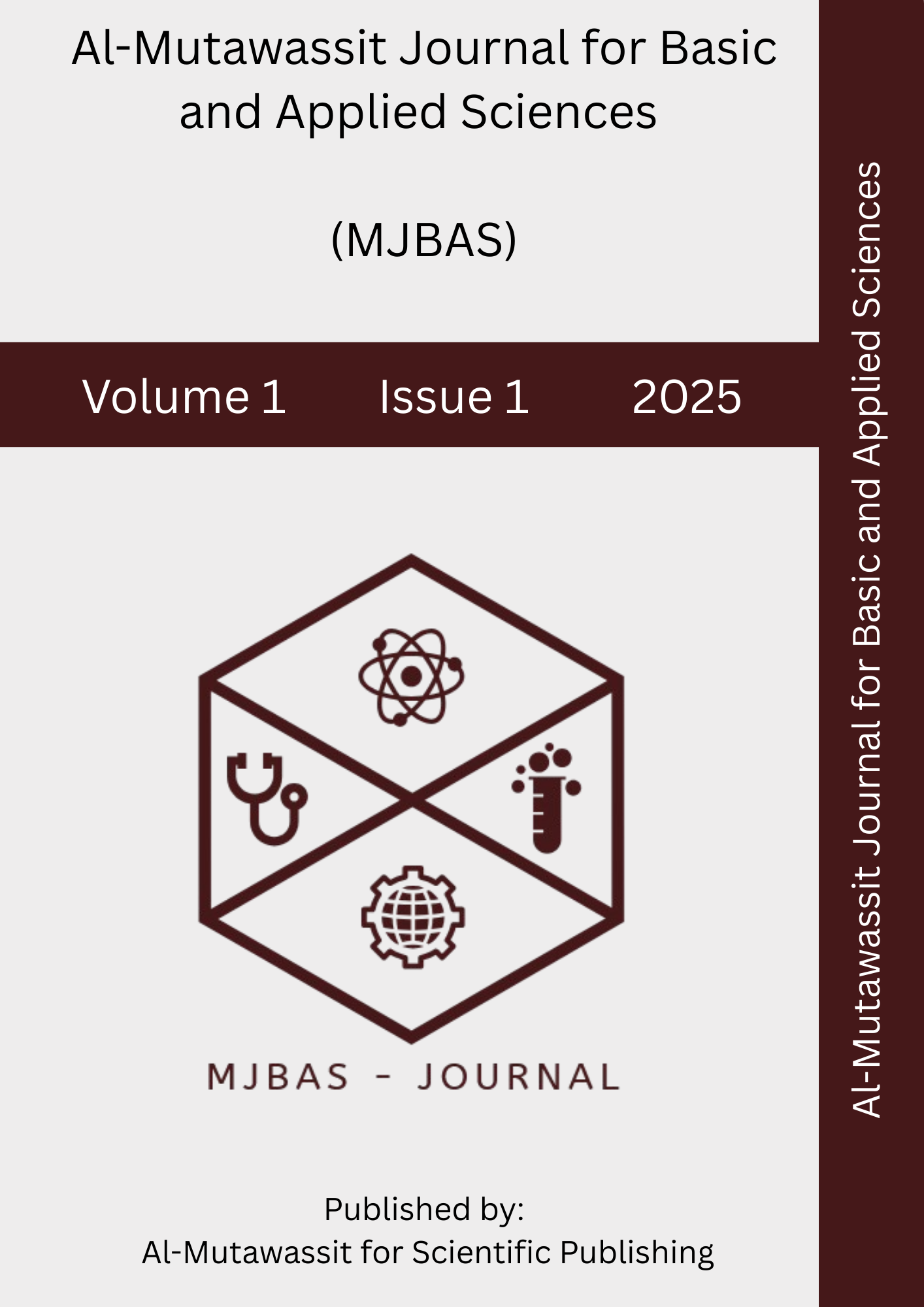Nonlinear Dynamics and Differential Equations: A Mathematical Framework for Modeling Complex Systems
Keywords:
Nonlinear dynamics, Chaos, Differential equations, Complex systems, Attractors, Bifurcations, Modeling, Lorenz attractor, FractalsAbstract
Nonlinear ordinary differential equations (ODEs) and discrete maps provide a fundamental mathematical framework for modeling the complex behavior of diverse real-world systems. Unlike linear models, nonlinear dynamics can produce rich phenomena such as bifurcations, limit cycles, fractals, and deterministic chaos. Key examples include weather prediction (Lorenz system), population ecology (Lotka-Volterra), electronics and neuroscience (van der Pol oscillator), and economic cycles. In many cases, the system equations are simple, yet their solutions exhibit intricate behavior sensitive to initial conditions. For instance, the 3D Lorenz ODEs yield a strange attractor (“butterfly”) with unpredictable long-term behavior. Similarly, the logistic map demonstrates how period-doubling routes lead to chaos as the parameter rrr increases. We present a survey of such models, including their equations, phase portraits, and bifurcations, accompanied by numerical case studies. Experiments with publicly available data (e.g. ecological time series, epidemiological models) illustrate how these mathematical frameworks capture real-world complexity. We emphasize theoretical concepts (fixed points, stability, Hopf and saddle-node bifurcations) and their applications in science and engineering. This comprehensive survey highlights how nonlinear differential equations constitute a unifying language for understanding complex dynamical systems.
References
1. Lorenz, E. N. (1963). Deterministic nonperiodic flow. Journal of the Atmospheric Sciences, 20(2), 130-141.
2. Mandelbrot, B. B. (1982). The fractal geometry of nature. W. H. Freeman.
3. May, R. M. (1976). Simple mathematical models with very complicated dynamics. Nature, 261(5560), 459-467.
4. Van der Pol, B. (1926). On relaxation-oscillations. The London, Edinburgh, and Dublin Philosophical Magazine and Journal of Science, 2(11), 978-992.
5. Lotka, A. J. (1925). Elements of physical biology. Williams & Wilkins.
6. Volterra, V. (1926). Fluctuations in the abundance of a species considered mathematically. Nature, 118, 558-560.
7. Peitgen, H.-O., & Jürgens, H. (1992). Chaos and fractals: new frontiers of science. Springer.
8. Strogatz, S. H. (2015). Nonlinear dynamics and chaos: With applications to physics, biology, chemistry, and engineering (2nd ed.). Westview Press.
9. Wiggins, S. (2003). Introduction to applied nonlinear dynamical systems and chaos (2nd ed.). Springer.
10. Ott, E. (2002). Chaos in dynamical systems (2nd ed.). Cambridge University Press.
11. Putty, M. S. (2021). A Whirlwind Tour of Complex Systems. Journal of the Indian Institute of Science, 101(3), 297-302.
12. Zaynab Ahmed Khalleefah. (2025). Harnessing Artificial Intelligence in E-Learning: Enhancing Personalization, Engagement, and Educational Outcomes. Libyan Journal of Educational Research and E-Learning (LJERE), 1(1), 13-22





